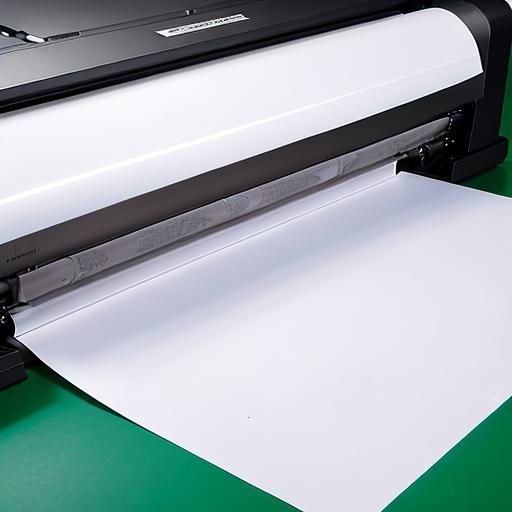The type of paper you choose for every print project is essential as it has a huge impact on the overall quality, look, and feel of the final print. It can be quite a challenge to understand the different sizes and weights of paper for printing. Having a good idea about the types of paper you need to use for printing can help you understand why a certain weight is recommended for a particular project so you can make the best decision for your project. In this article, we share our paper weight guide and tips on how to choose types of paper for printing.
- Understand the different types of paper used for printing
It is a good idea to find the best paper for your printing project before you choose the type of finish and weight. The most common types include cardstock, cardboard, and foam board. Cardstock paper has a larger paperweight than ordinary paper. The durability and thickness of cardstock papers make them ideal for postcards, paper menus, and invitations. Cardboard paper consists of one corrugated inner layer and two smooth outer layers. It is the best choice for use on shipping materials because of its durability. Foam board is lightweight, cheaper, and sturdy printer paper that is used for presentations.
- Choose between coated and uncoated paper
The decision to choose between a coated or uncoated finish determines the overall feel, texture, and durability of the paper used for printing. Coated paper is designed with a light layered clay surface that sharpens images and details and has different types of finishes ranging from high gloss to matte. This makes coated paper ideal for projects that require pictures and colors to be crisp. It also keeps the ink from bleeding because it is moisture-resistant and long-lasting. Coated paper is often used for brochures, postcards, and product catalogs or magazines. Uncoated paper lacks a layer covering the natural fibers and thus absorbs more ink than coated sheets. Uncoated paper is often used for flyers, newsletters, envelopes, and stationery.
- Determine the right printer paperweight
The right paper weight for your project depends on your specifications. Heavier paper is usually thicker and stiffer than lighter paper. Weight selections for printer paper will be displayed as hash symbols and numbers. The ‘#’ symbol specifies the weight of each ream in pounds. For instance, a 60-pound ream cover stock will be sold as a “60# cover”. Heavier reams are ideal for durable printing projects that should be less susceptible to rips and wrinkles such as business cards, posters, brochures, and flyers. You can keep your paperweight light when working on budget projects or high page counts like legal documents, resumes, and presentations.
Uses of different paperweights
- Bond paper – (16 to 36 pounds)
This type of paper weight is commonly used for stationery and letterhead. Light-weight bond paper is used in high-speed copiers and is ideal for printing emails, faxes, and tracing. Midweight bond paper works well for report presentations and legal documents. Heavier-weight bond paper is ideal for fliers, resumes, and double-sided printing.
- Book paper – (30 to 115 pounds)
Book paper is often used to print books, magazine publications, catalogs, and posters. It is a category that includes both coated and uncoated papers that have varying levels of thickness.
- Cover paper – (60 to 120 pounds)
Cover papers are thick and stiff, commonly referred to as cardstock. It is often used for business cards, invitations, menus, postcards, report covers, sketching, and so on.
- Index paper – 90, 110, 140 pounds)
This type of paper weight is commonly used for index cards. However, it can also be used for tabs and dividers, postcards, sketchbooks, and manila folders.
- Tag paper – (100 to 200 pounds)
Tag paper is fairly stiff and highly durable, commonly used for price tags, retail signage, file folders, table tents, door hangers, posters, menus, direct mail postcards, and time cards.
- Text paper – (50, 60, 70, 80, and 100 pounds)
This type of paper is commonly used for commercial printing operations because it is of higher quality than book paper. It can be used for stationery, letterhead print jobs, brochures, and internal memos.
One of the reasons why paperweights get misunderstood is because the variety is what makes paper so versatile and functional. However, don’t get caught up with the wide variety of numbered paperweights you find. Instead, focus on the type of paper you want and relatively choose the appropriate paper weight. For instance, if you want a thicker paper and you know that a 60 lb. glossy cover is the thinnest in that category, then choose the thicker one.


